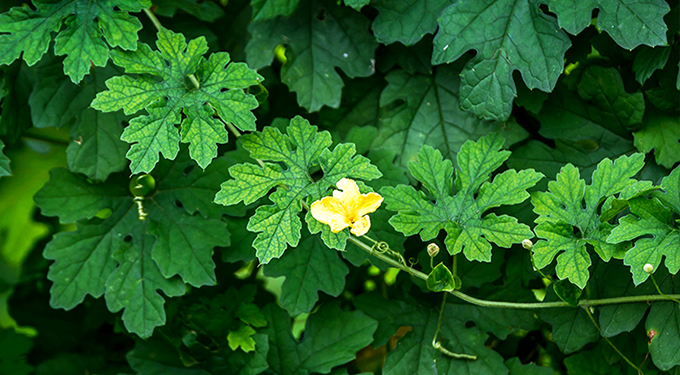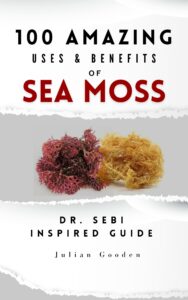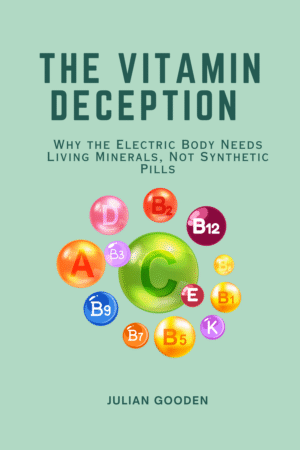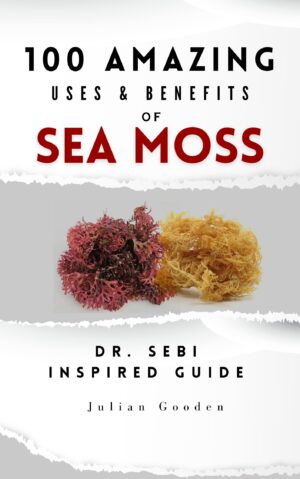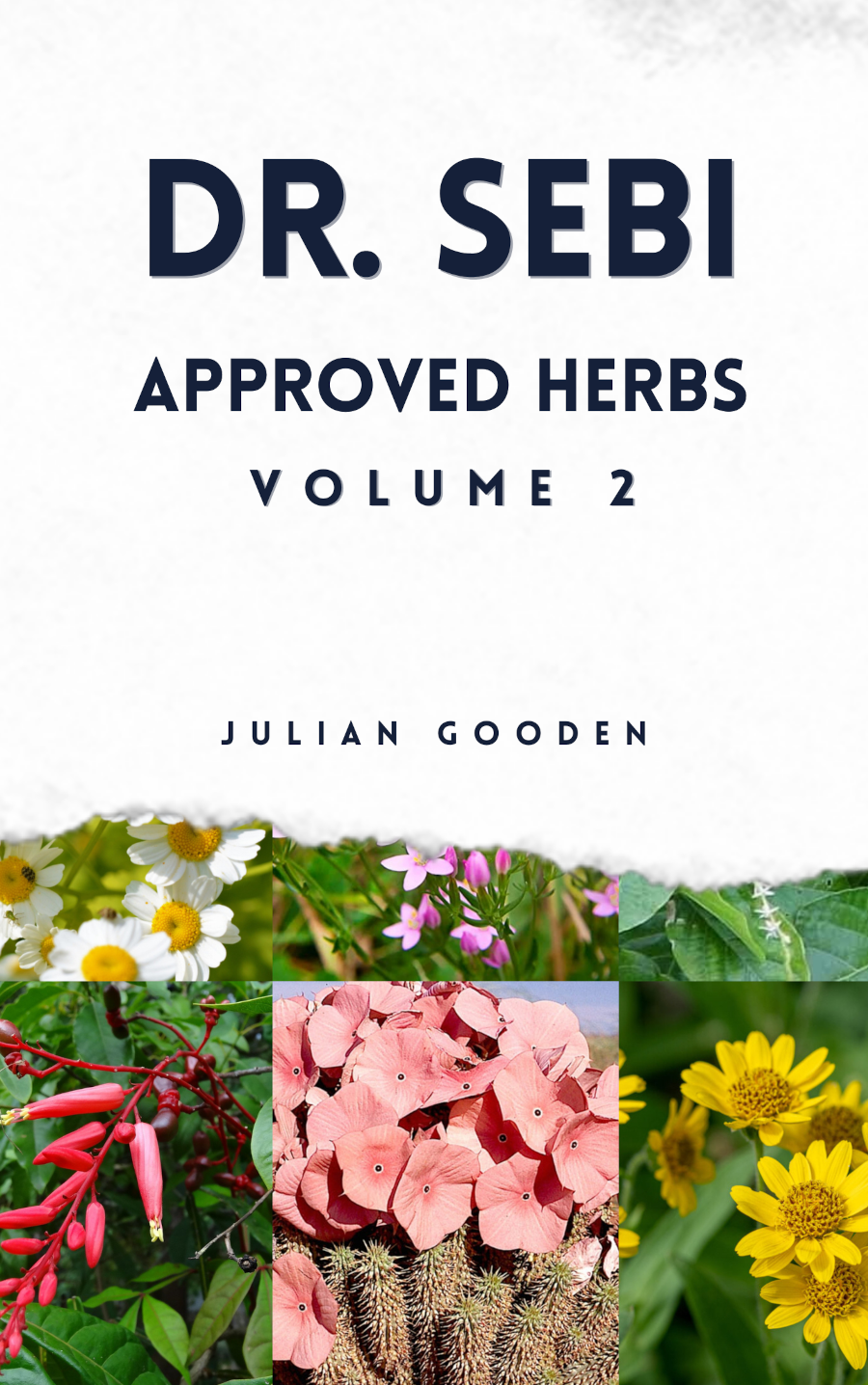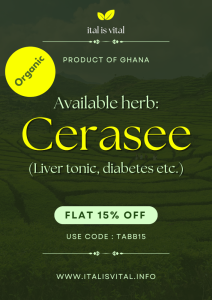Cerasee Overview
Cerasee (Momordica charantia)
Common Names: Cerasee, Bitter Melon, Bitter Gourd, Karela
Botanical Name: Momordica charantia
Family: Cucurbitaceae
Description:
Cerasee is a tropical and subtropical vine widely grown for its edible fruit, which is among the most bitter of all fruits. The plant has deeply lobed leaves and yellow flowers, with elongated fruits that have a rough, warty surface.
Geographic Distribution
Cerasee is native to Africa and Asia but is now widely cultivated in tropical and subtropical regions around the world, including the Caribbean, South America, India, and East Asia.
Medicinal Uses
1. Diabetes Management:
– Effectiveness: Cerasee is commonly used in traditional medicine to lower blood sugar levels.
– Mechanism: Contains charantin, polypeptide-p, and vicine, compounds known to have hypoglycemic properties.
– Research: Studies have demonstrated its potential in improving glucose tolerance and lowering blood sugar levels in both human and animal models .
2. Antimicrobial Properties:
– Effectiveness: Exhibits antimibrobial activities.
– Mechanism: Contains various compounds, including momordicin, which have shown efficacy against a range of microbes.
– Research: Research supports its use in treating infections, including gastrointestinal infections .
3. Anti-inflammatory and Antioxidant Effects:
– Effectiveness: Used to reduce inflammation and oxidative stress.
– Mechanism: Rich in antioxidants such as phenols, flavonoids, and ascorbic.
– Research: Studies indicate significant anti-inflammatory and antioxidant activities, which could help in managing conditions like arthritis and protecting against cellular damage .
4. Digestive Health:
– Effectiveness: Traditionally used to treat digestive issues such as constipation, dyspepsia, and intestinal worms.
– Mechanism: Acts as a natural laxative and has antimicrobial properties.
– Research: Traditional use is well-documented, although not many clinical trials.
5. Cancer Treatment:
– Effectiveness: Potential anti-cancer properties.
– Mechanism: Contains compounds like cucurbitacins, which have been found to inhibit cancer cell growth.
– Research: Preliminary studies show promising results.
Other Uses
– Culinary: The fruit is used in various dishes, especially in Asian cuisine, despite its bitter taste. It is often stir-fried, boiled, or pickled.
– Cosmetic: Extracts are sometimes used in skincare products for their benefits in treating acne and improving skin health.
Active Compounds
– Charantin: Known for its hypoglycemic effect.
– Momordicin: Exhibits antimicrobial properties.
– Vicine: Has hypoglycemic and possibly anti-cancer properties.
– Polypeptide-p: An insulin-like compound.
– Cucurbitacins: Possess anti-inflammatory and anti-cancer activities.
Research and Studies
1. Diabetes: Clinical trials and animal studies support the use of cerasee in managing blood sugar levels.
2. Antimicrobial: Laboratory studies have demonstrated effectiveness against bacteria.
3. Anti-inflammatory: Research highlights the role of cerasee in reducing inflammation markers in animal models.
4. Cancer: Early-stage research suggests potential in inhibiting the growth of various cancer cells.
Side Effects and Precautions
– Gastrointestinal Distress: High doses can cause abdominal pain, diarrhea, and nausea.
– Pregnancy: Should be avoided as it may induce contractions.
Cultivation
Cerasee is a hardy plant that thrives in warm climates with well-drained soil. It requires moderate watering and can be grown from seeds. The plant is often trellised to support its climbing habit and maximize fruit production.
Conclusion
Cerasee, or bitter melon, is a plant with diverse medicinal properties. It has been extensively used in traditional medicine and is increasingly being studied for its potential health benefits. While substantial evidence supports its use in managing diabetes and infections, more research is needed to understand its full therapeutic potential.
References
1. Joseph, B., & Jini, D. (2013). Antidiabetic effects of Momordica charantia (bitter melon) and its medicinal potency. Asian Pacific Journal of Tropical Disease, 3(2), 93-102.
2. Grover, J. K., & Yadav, S. P. (2004). Pharmacological actions and potential uses of Momordica charantia: A review. Journal of Ethnopharmacology, 93(1), 123-132.
3. Taya, M., et al. (2014). Antibacterial Activity of Momordica charantia Extracts against Various Gram-Positive and Gram-Negative Bacteria. Journal of Medicinal Plants Research, 8(10), 426-432.
4. Ratna, R. (2012). Bitter Melon (Momordica charantia) Extract Inhibits Breast Cancer Cell Proliferation by Modulating Cell Cycle Regulatory Genes and Promotes Apoptosis
5. Raman, A., & Lau, C. (1996). Anti-diabetic properties and phytochemistry of Momordica charantia L. (Cucurbitaceae). Phytomedicine, 2(4), 349-362.
6. Ray, R. B., et al. (2010). Bitter melon (Momordica charantia) extract inhibits breast cancer cell proliferation by modulating cell cycle regulatory genes and promoting apoptosis. Cancer Research, 70(5), 1925-1931.


